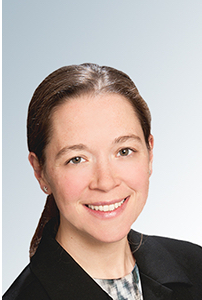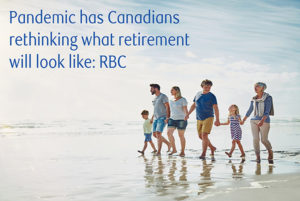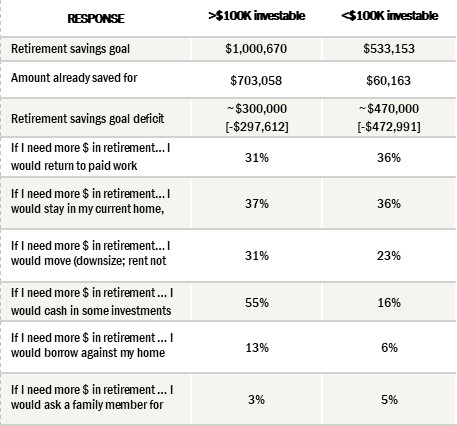
My latest MoneySense Retired Money looks at a new Canadian DIY financial course created by MoneySense Making Sense of the Markets columnist Kyle Prevost [pictured above].
For the full column, click on the highlighted text: How to plan for retirement for Canadians: A review of Four Steps to a Worry-Free Retirement course.
November is of course Financial Literacy Month in Canada. And Kyle Prevost is well qualified to help Canadians boost their financial literacy, especially as it relates to Retirement.
In addition to being a subject matter expert in Canadian personal finance, Prevost is also a life-long teacher, which makes him doubly qualified to create this course, which he describes as a first in Canada.
And the combination shows: it’s a slick multi-media package that features snazzy graphics with voice-overs by Kyle himself, plus more in-depth PDF backgrounders and videos with various experts gathered through one of Prevost’s other projects: the annual Virtual Financial Summit (for which I have often been interviewed.)
Entitled 4 Steps to a Worry-Free Environment in Canada, the multi-media course is targeted to those thinking seriously of retiring from the workforce in the next decade or two, and even semi-retirees or those who have already reached that milestone but who want to finetune their retirement income strategy.
An ongoing theme throughout the course and related materials is “No one will care about your retirement as much as you do.” That’s a variant of the oft-used phrase “No one cares about your money more than you do.”
From CPP/OAS to Working for a Playcheck
You can find the course at this site: https://worryfreeretire.com/. You can get a flavor of what’s included before committing to payment by clicking on the “Tell me more” button. If you’re ready for the full enchilada, click on the “Get Started” button. There are various payment options, including major credit cards.
At C$499, the course does represent a major investment but the outlay could be considered a bargain if it helps some DIY retirees escape the clutches of a conflicted securities salesperson who cares more about their own retirement than that of their clients. Continue Reading…








